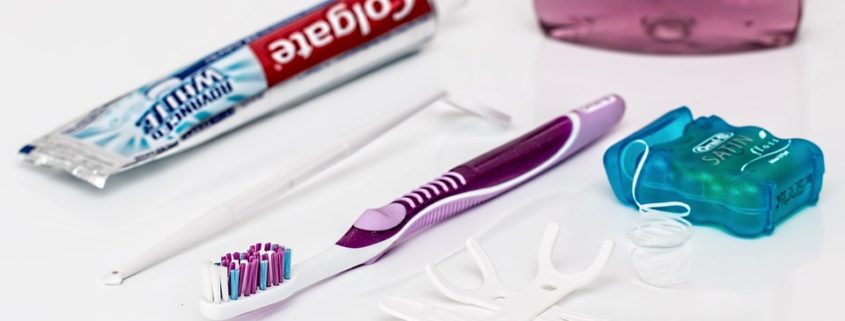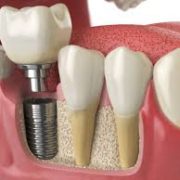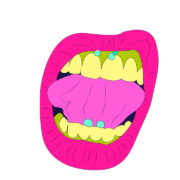What Happens During a Dental Cleaning?
Many people have mild to moderate dental phobias. A lack of understanding about what happens while you’re in the chair for a cleaning can add to this fear.
First Exam
Your hygienist will likely start by doing a quick exam of your mouth, noting and potential areas of concern to discuss with the dentist when they come in to perform a more thorough examination. They will use a small mirror to check your teeth and gums for any signs of inflammation, decay, and other issues.
Removing Plaque and Tartar
The hygienist will use a scaler during your cleaning to “scrape” plaque and tartar build-up around and under your gumline and between your teeth. They may also use a “cavitron” or water scaler in addition to or instead of hand instruments to remove build up.
If this is your least favourite part of your cleanings remember that improved oral health (proper brushing and flossing) reduces the amount of tartar and plaque in your mouth. Less tartar and plaque = less time scaling (scraping).
Polishing
This is when the hygienist uses a high powered electric rotating rubber cup to apply a gritty toothpaste to your teeth. The high-pitched sound can be intimidating but this part of your cleaning is important for removing surface stains.
Professional Flossing
No one is more skilled at flossing your teeth than a hygienist. It might seem silly to have your hygienist floss your teeth during your cleaning if you’ve already flossed that day, but this helps to remove any leftover plaque, polishing paste or debris.
Fluoride Treatment
There are a few different options available for fluoride treatments. (Not all dentists carry all options.) Most common are fluoride trays: foam trays that fit over your teeth and are filled with a flavoured gel or foam fluoride and placed in your mouth for 1 minute. There is also a flavoured paint-on varnish that stays on your teeth until you brush it off at night. Least effective, but a good option for people with a strong gag reflex is a fluoride ride that you swish in your mouth for one minute. Fluoride helps to strengthen enamel and prevent tooth decay. It is an important part of your regular cleaning.
Post-Cleaning Exam
Your dentist will then come in and review any notes your hygienist has made, and perform their own exam with the help of a small handheld mirror. In this time they may find spots of potential decay and recommend x-rays to be certain. Other concerns your dentist is looking for is bite/jaw issues, the need for orthodontic referral, or referral to a periodontist if your gums have deep pockets around the teeth.
Contact us today to schedule your next cleaning and check up! (604) 936-1263











